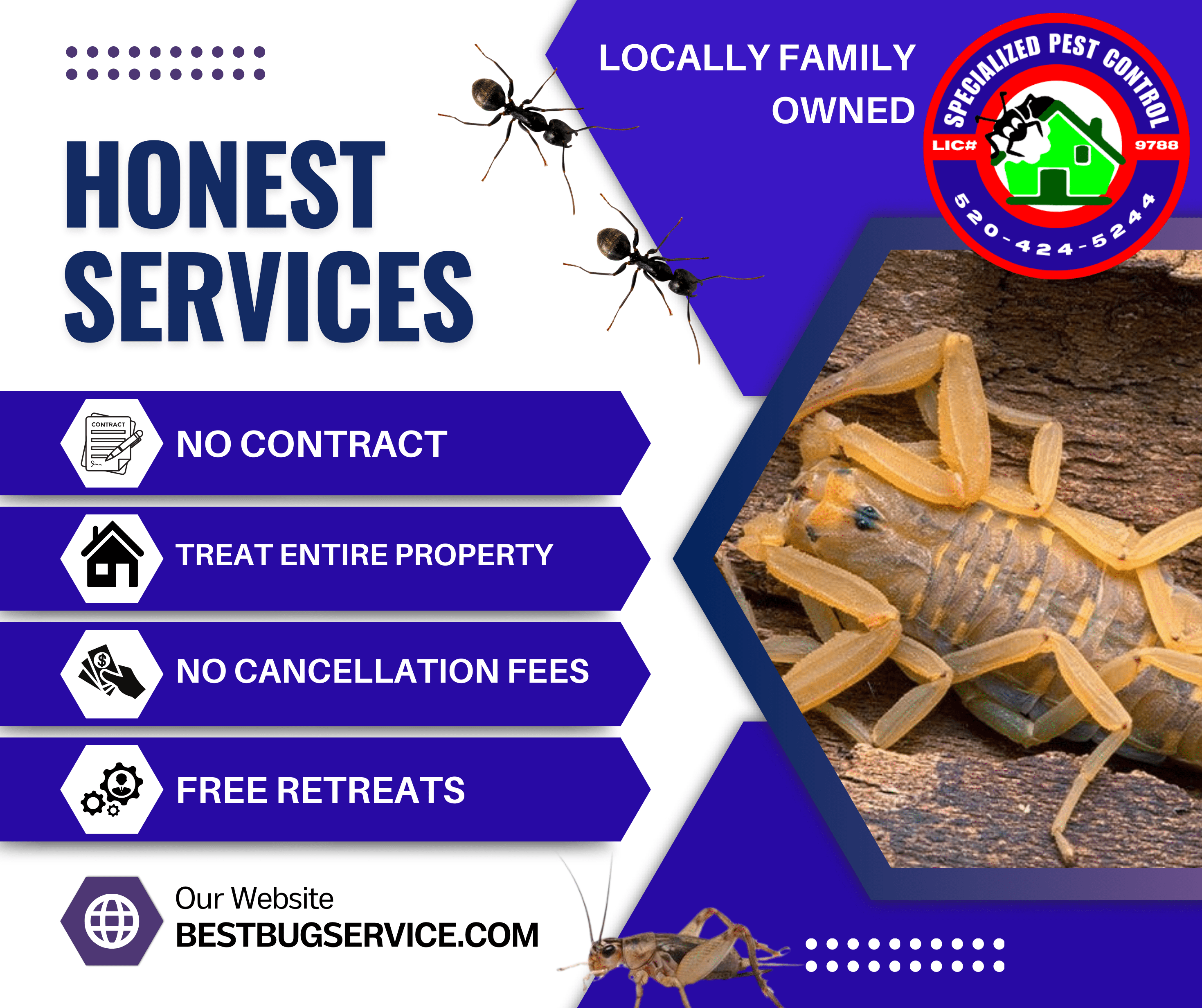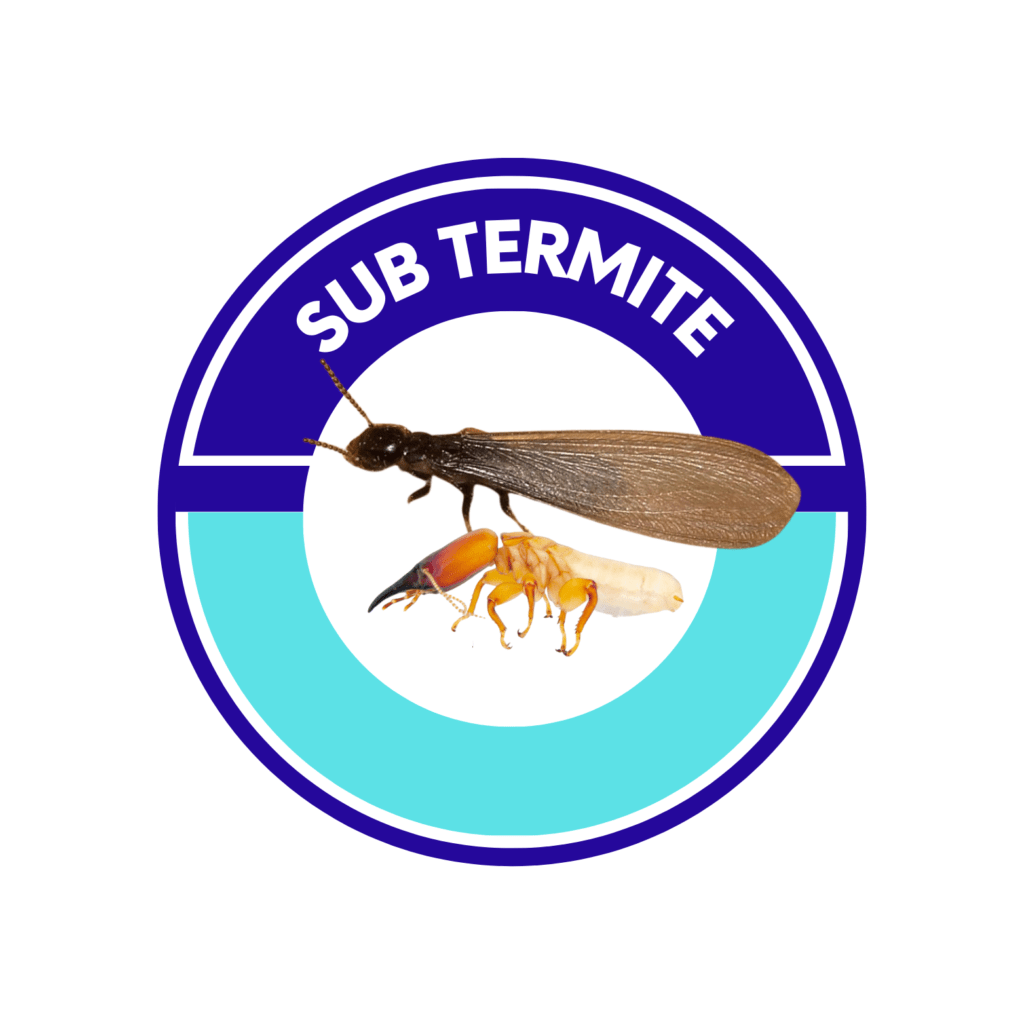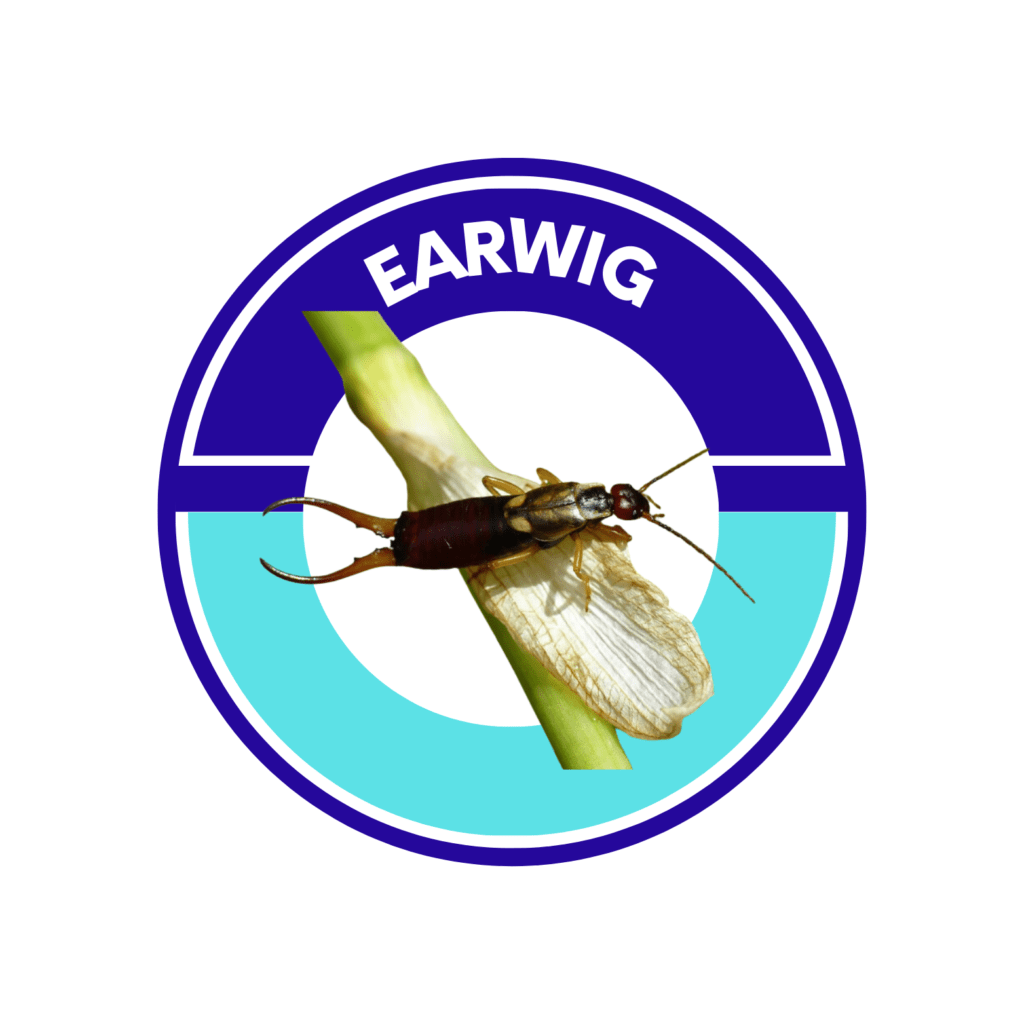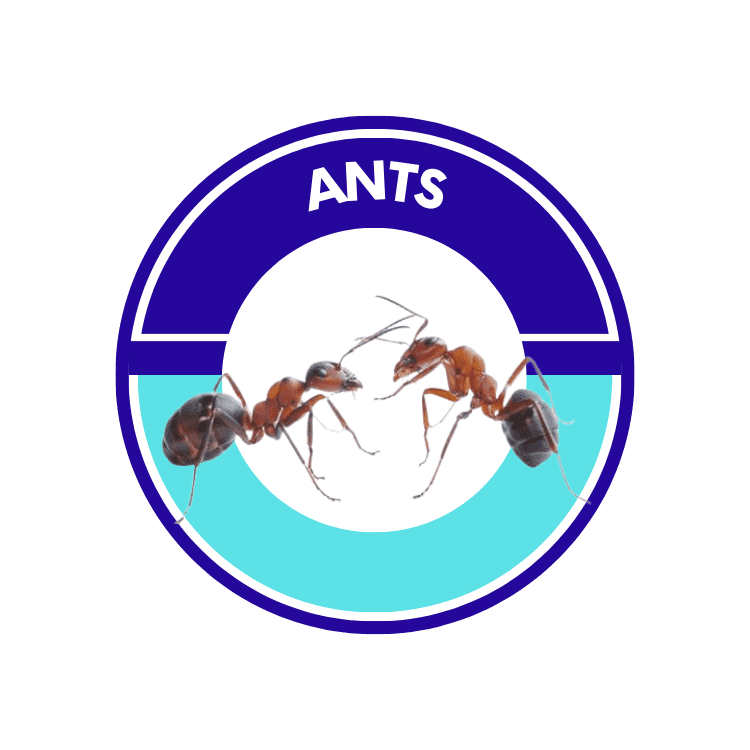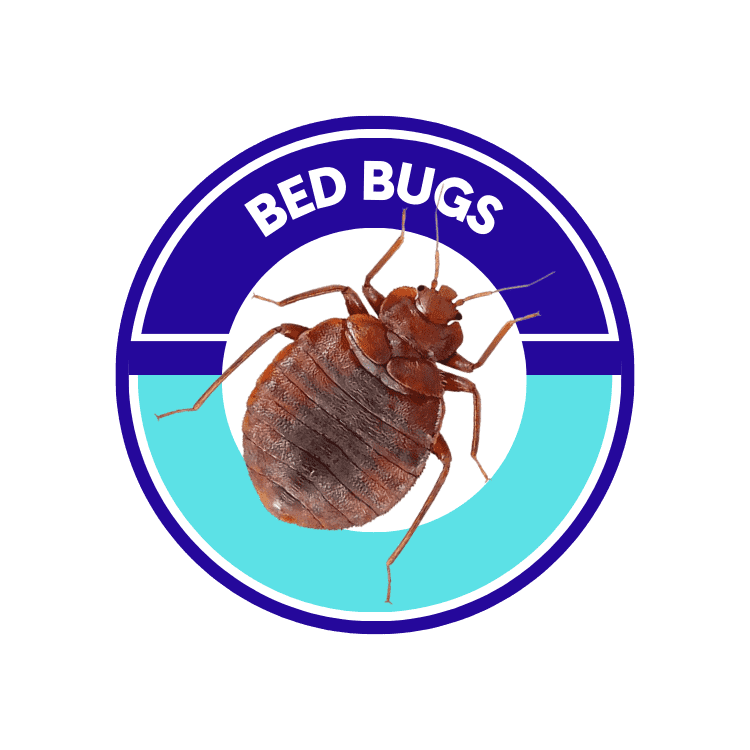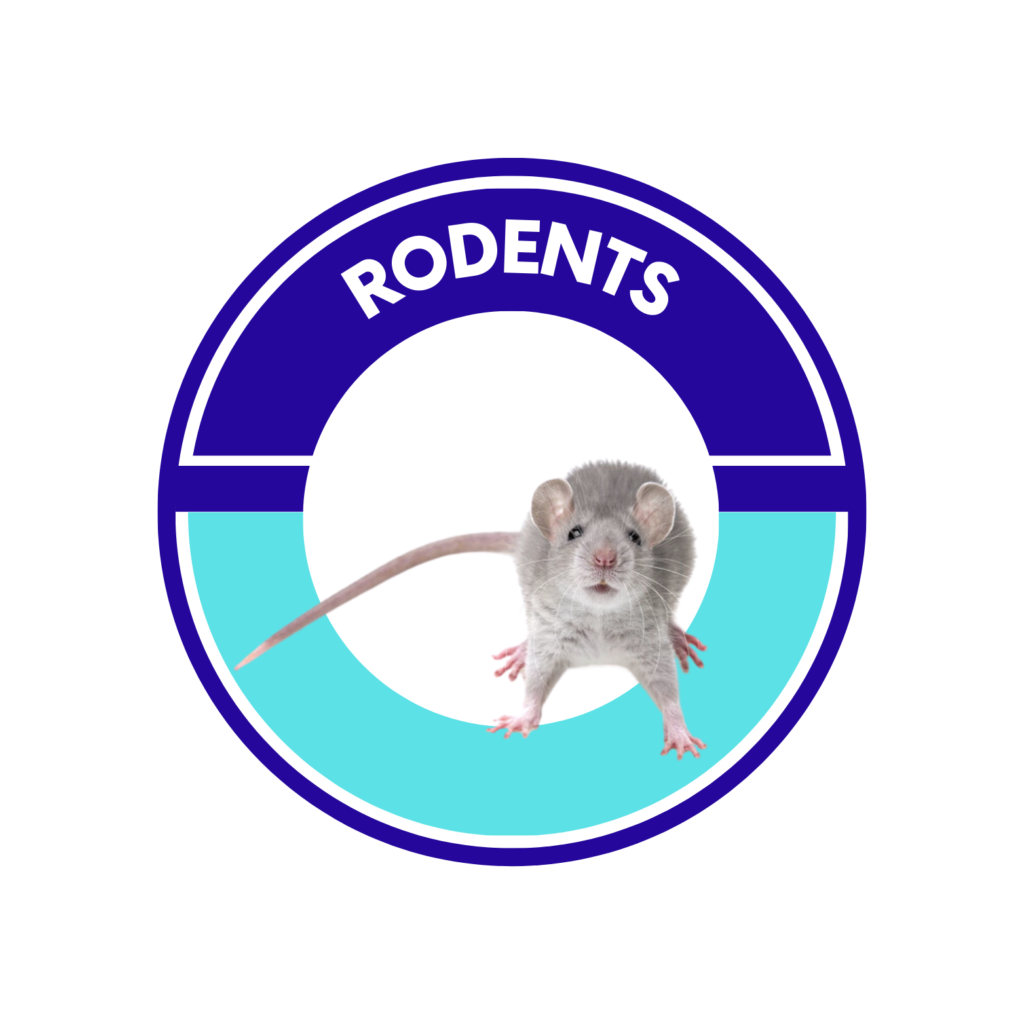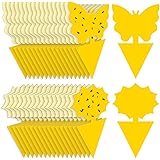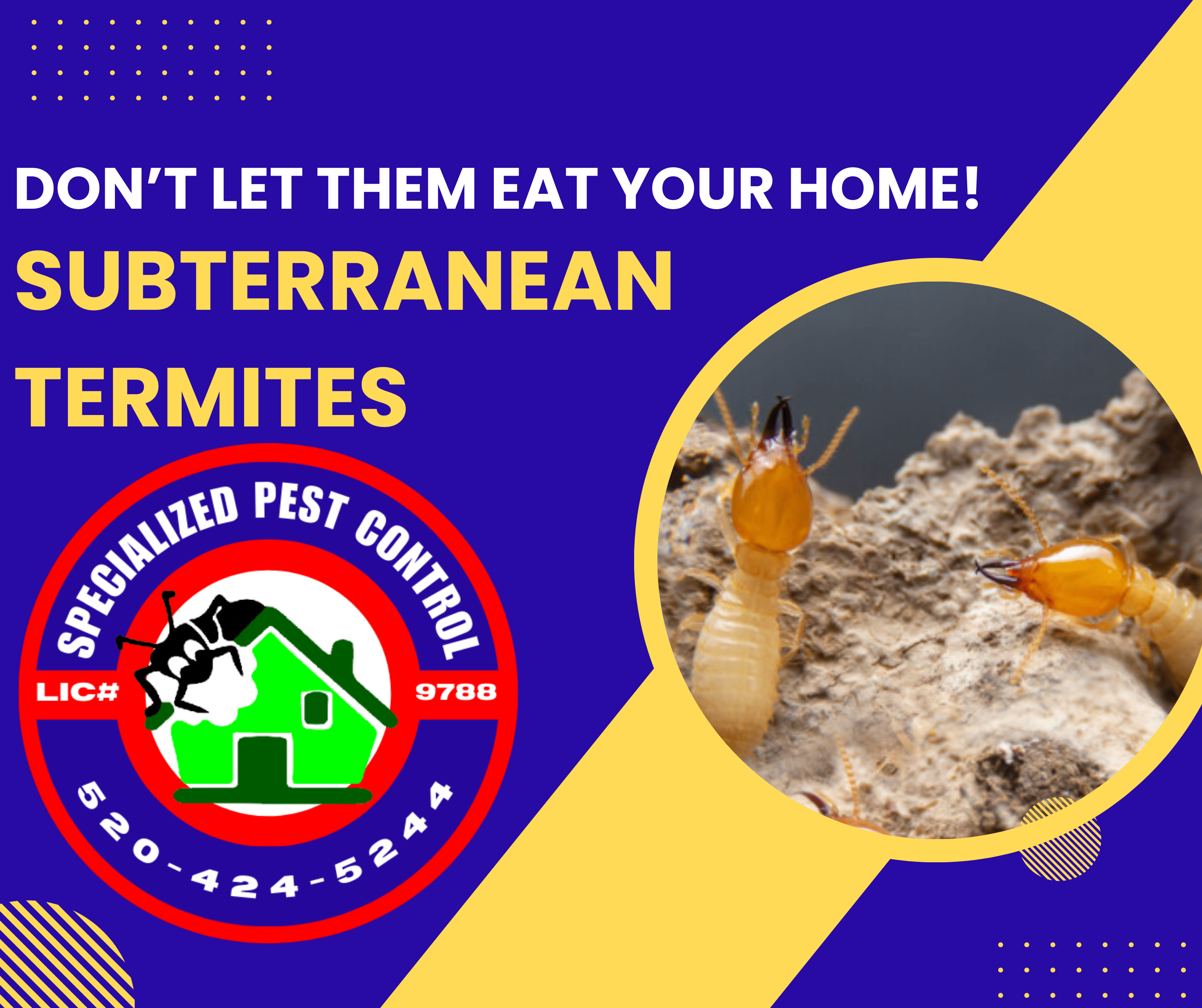
Subterranean Termite Anatomy and Behavior:
- Physical Characteristics: Subterranean termites are pale, soft-bodied insects with straight antennae. They measure about 1/8 to 3/8 of an inch in length, depending on their caste (worker, soldier, or reproductive).
- Colonial Structure: Their colonies are highly organized, consisting of three primary castes: workers, soldiers, and reproductives (kings and queens).
- Wood Consumption: Termites feed on cellulose, which is found in wood, leaf litter, soil, and other organic matter. They can cause significant damage to wooden structures and buildings, making them a notorious pest.
Termite Habitat and Distribution:
- Underground Dwellers: Subterranean termites live underground, constructing intricate tunnel systems to access food sources and maintain humidity levels.
- Global Spread: They’re found on every continent except Antarctica, thriving in tropical and temperate regions. The most destructive species, like the Formosan termite, are prevalent in warm, humid climates.
Life Cycle:
- Egg Stage: The termite life cycle begins when the queen lays eggs, which hatch into nymphs.
- Caste Differentiation: Nymphs develop into different castes depending on the needs of the colony. Workers are the most numerous and perform tasks like foraging and building, while soldiers defend the colony. Reproductives are winged and leave the colony to establish new ones.
- Swarming: Swarms of winged reproductive termites emerge from mature colonies in search of mates and suitable locations to establish new colonies. This typically occurs during warm, humid evenings.
Subterranean termite swarmers, also known as alates or reproductive termites, play a crucial role in the expansion and establishment of new termite colonies. Here’s a closer look at these fascinating members of the termite colony:
Identification:
Winged Form: Swarmers are distinguished by their winged form, which sets them apart from the worker and soldier castes of the colony.
Size and Color: Swarmers are typically larger than workers and soldiers. They have dark bodies, often black or brown, and translucent wings that are longer than their bodies.
Antennae: Like other termites, swarmers have straight antennae, but they may appear slightly longer than those of workers or soldiers.
Role in the Colony:
Reproductive Function: Swarmers are reproductive individuals whose primary purpose is to mate and establish new termite colonies.
Colonization: When conditions are right, typically during warm, humid evenings, swarms of alates emerge from mature termite colonies. These swarms consist of both male and female alates.
Mating Flight: The swarming event, often triggered by environmental cues like temperature and humidity, involves the flight of alates away from their parent colony. They use this opportunity to mate with individuals from other colonies, promoting genetic diversity.
Establishment of New Colonies: After mating, the swarmer pairs land and shed their wings. They then seek out suitable locations for establishing new colonies, typically in moist soil near sources of wood or cellulose.
Life Cycle:
Nuptial Flight: The swarming event, or nuptial flight, marks the beginning of the reproductive phase for subterranean termites.
Mating: Once on the ground, male and female alates pair up and engage in a brief courtship before mating.
Colony Foundation: After mating, the fertilized female begins excavating a small chamber in the soil, where she lays her eggs. This marks the beginning of a new termite colony.
Egg Laying: The queen continues to lay eggs, which hatch into nymphs. These nymphs develop into workers, soldiers, and future alates, thus perpetuating the cycle of colony growth and expansion.
Significance:
Pest Control Indicators: Swarming events can serve as indicators of termite activity and potential infestation in an area.
Genetic Diversity: Swarming promotes genetic diversity within termite populations, which can be advantageous for colony resilience and adaptation to changing environments.
Subterranean termite swarmers play a vital role in the reproductive cycle of termite colonies, contributing to their expansion and persistence in various ecosystems. While they are essential for termite ecology, their presence can be a concern for homeowners and property owners due to the potential for termite infestations in wooden structures.
Control and Prevention:
- Chemical Treatments: Chemical barriers and baits can be used to control subterranean termite infestations. These methods aim to either repel termites or kill them upon contact.
- Physical Barriers: Installing physical barriers, such as metal mesh or sand, can prevent termites from accessing buildings and wooden structures.
- Moisture Control: Since termites require moisture to thrive, eliminating sources of excess moisture around buildings can help deter infestations.
Subterranean termites play a crucial role in ecosystems by breaking down dead plant material, but their appetite for wood can pose significant challenges for humans. Understanding their behavior and implementing effective control measures is essential for managing termite populations and protecting wooden structures from damage.
Subterranean termites have a highly efficient system for consuming wood, which involves multiple stages and the cooperation of different members of the colony:
- Foraging: Worker termites are responsible for locating sources of wood. They travel through underground tunnels or mud tubes, which they construct to protect themselves from predators and maintain a moist environment.
- Feeding: Once workers find wood or cellulose-based material, they chew through the surface to create small tunnels or galleries. They then consume the wood by ingesting small particles and breaking them down into simpler compounds.
- Digestion: Termites rely on a combination of their own digestive enzymes and the help of symbiotic microorganisms in their gut to break down cellulose. These microorganisms, such as bacteria and protozoa, produce enzymes that can break down the complex cellulose molecules into simpler sugars that termites can digest.
- Sharing Nutrients: Termites have a unique social behavior where they engage in trophallaxis, the mutual exchange of nutrients and fluids among colony members. After digesting wood, workers return to the colony and regurgitate partially digested food for other members, including soldiers, reproductives, and nymphs. This allows the entire colony to benefit from the nutrients obtained from wood.
- Repeating the Cycle: As termites consume wood and expand their colonies, they continuously search for new food sources. This cycle of foraging, feeding, digestion, and sharing of nutrients allows subterranean termite colonies to sustain themselves and grow in size.
Overall, subterranean termites are highly efficient at consuming wood due to their specialized adaptations and cooperative behavior within the colony. This efficiency, while impressive in nature, can pose significant challenges for humans when termites infest wooden structures and cause damage.
